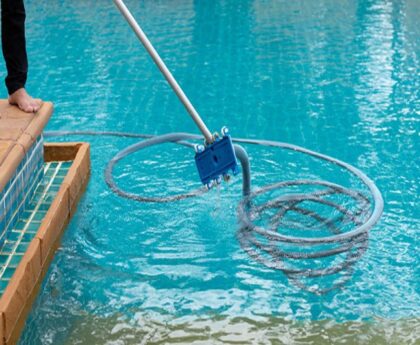Portable power stations have quickly become essential devices for campers, home workers, and homeowners who wish to remain prepared in case of crises. Producing clean electricity without noise or smell from regular gas generators – their user-friendly designs belie their complex manufacturing process, which strives to find an equilibrium between safety, performance, and usability. Understanding their construction helps explain their widespread popularity today.
Initial Design And Concept Development
Researchers conduct intensive studies when creating a portable power station manufacturer. Manufacturers determine what consumers desire in terms of lightweight designs, quick charging rates and operating appliances even when there’s no electricity.
Engineers and designers collaborate, using powerful computer-aided design (CAD) tools, to test different layouts, heat distribution, and power output. When choosing materials for these units, special care must be taken so they are durable but light so the unit may be easily transported without suffering structural weakness – an essential consideration since purchasers increasingly demand energy-packed gadgets with small designs.
Establish A Prototype And Analyse It Thoroughly
Before mass manufacturing begins, manufacturers prepare prototypes and conduct exhaustive tests. Manufacturers “pretend: they preform.”
- Heavy loads are required to ensure that the station can support equipment for an extended period.
- Charge quickly to assess how strong the battery is.
- Conditions such as abrupt temperature shifts, tremors, and unexpected drops could create dangerous circumstances that would be mistakenly reported as accidents.
Thermal imaging and stress analysis are additional tests used to demonstrate safety and long-term reliability in design, and must meet these criteria before being certified for manufacturing.
Manufacturing And Assembly
Making a portable power station involves multiple steps:
- Battery Assembly: Cells are connected in either series or parallel in order to achieve the appropriate voltage and capacity levels.
- Circuit Integration: To effectively regulate energy, inverters, BMS units and control circuits are implemented into systems in order to regulate its flow.
- Housing Fabrication: Durable cases constructed of aluminum or ABS plastic can withstand outdoor elements for extended use.
- Final Assembly: Assembling all parts with great care while taking into consideration insulation, cooling, and safety requirements.
Before being sent out for delivery, each device undergoes stringent safety, voltage and load testing to make sure that it satisfies quality specifications.
Quality Control And Distribution
Once manufacturing has concluded, random samples from each batch are taken again for quality assessment, while approved units receive user manuals, charging cables, and adapters prior to being shipped out for sale or shipment.
Environmental Benefits And Compatibility With Solar Energy
Portable power stations are highly appreciated not just due to their ease of use but also for being good for the environment. Their silent operation doesn’t emit harmful exhaust, while many versions can even charge using solar panels for sustainable living or off-grid camping – providing reliable electricity even when camping sustainably! Portable power stations make an excellent camping gear or source of reliable electricity when living sustainably or camping off-grid, such as living sustainably!
These technologies contribute to creating a greener energy future by using less fossil fuel.
Market Expansion And Trends For The Near Future
As more people work from home, spend time outdoors, and prepare for emergencies, the need for portable power stations has grown rapidly. Manufacturers are currently developing products:
- Higher batteries for large equipment
- Technology that charges faster includes dual AC and solar input for faster charging capabilities.
- A system that can easily expand to accommodate more batteries for extended use.
- Take the hassle out of energy management with smart home technologies! Managing energy consumption should be simple.
These innovative approaches to portable power stations will only make them more useful and effective over time.
Conclusion
Design and production of portable power stations employ cutting-edge technologies while meeting stringent safety and quality criteria. From research and component selection through testing, assembly, and software integration, every step in their creation requires care in order to guarantee it works flawlessly.
Portable power stations have evolved beyond simply being backup batteries; they now serve an essential function when camping, working from home and emergencies arise. Their benefits continue to expand with technology advancement and green energy’s increasing importance; with higher capacity batteries that use less energy that last longer; portable power stations have become lifelines of energy conservation in an otherwise energy-hungry world.




